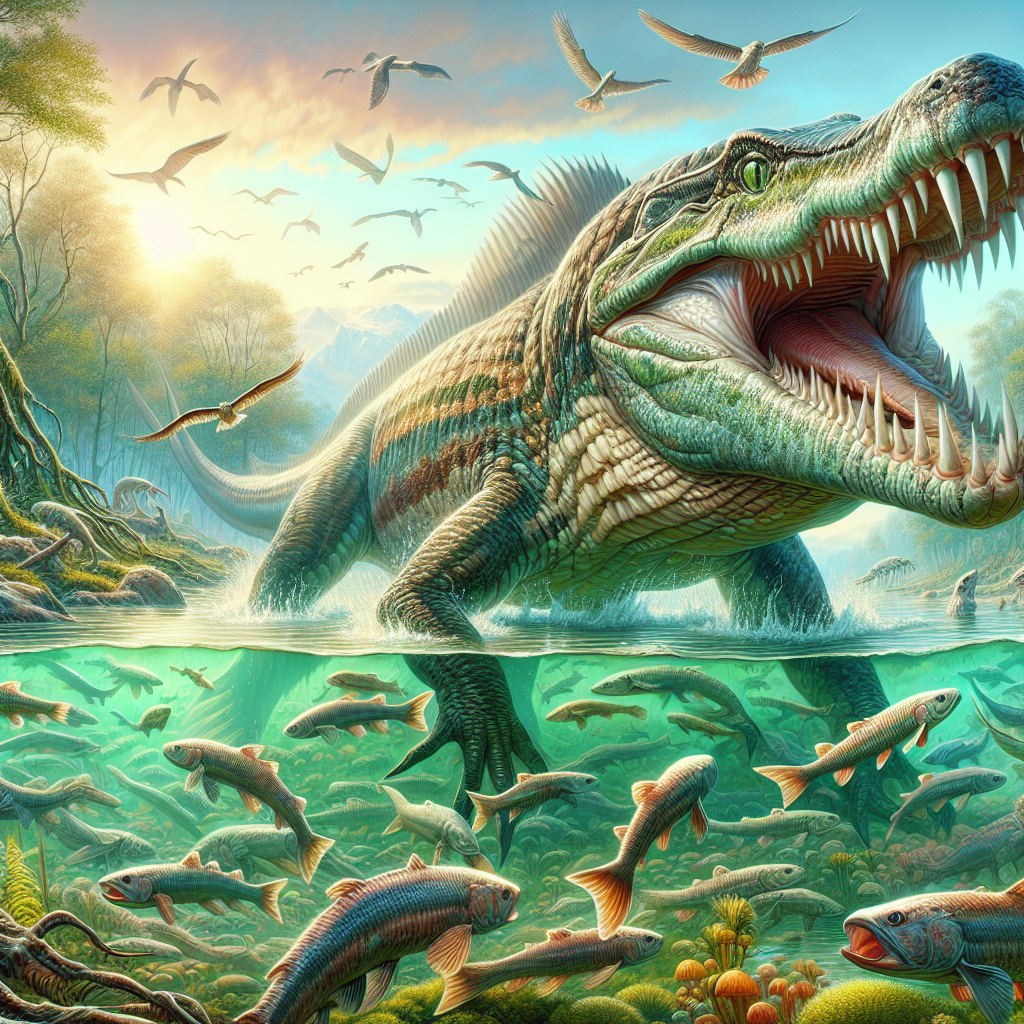Imagine an underwater covert operative, quietly lurking beneath lily pads, ready to make its move. That's the world of Esociformes for you, a fascinating order of fish that includes what many of us know as pikes and mudminnows. These slippery creatures have been part of our ecosystems, sprinkling a bit of intrigue into freshwater bodies for millions of years. Predominantly found in the freshwaters of North America, parts of Eurasia, and more recently introduced in other parts of the world, they’ve got an air of mystery wrapped around them. What makes them tick? Why do they exist in the habitats they do? And what’s the hype around them?
The Esociformes consist mainly of two families: Esocidae (pikes) and Umbridae (mudminnows). They aren't just another couple of fish families. They embody a certain edginess, a little bit of radical evolution that led them to be the supreme hunters they are today. Take the northern pike, often found gracing the waters of lakes and rivers in the Northern Hemisphere. Considered a top predator, capable of growing more than a meter long, it leverages its body build and uncanny resemblance to a submerged stick to sneak up on its prey. Their speed and agility make them the wolves of their underwater domain.
Gen Z might appreciate a badass fish as much as the next person. Pikes evolved to be fast and efficient predators, but they also have opponents. Not everyone is a fan of these fishy hunters. The introduction of northern pike into non-native waters, particularly in North America, has been demonized by ecologists and anglers alike. You might wonder why there’s so much fuss. It’s because pikes don’t come with a user manual. They can disrupt the local aquatic ecosystem, dominating food chains, outcompeting native species, and pretty much wreaking havoc if they aren't managed properly. While some celebrate their skills and mystique, others worry about the potential damage these fish can cause.
This leads us to question the choice of introducing them across new territories. The dichotomy here is palpable. On the one hand, they provide recreational fishing opportunities and symbolize a sort of watery wildness that some regions cherish. On the other hand, it’s essential to address the environmental balance. Our ecosystems are like intricate tapestries, and one wrongly placed stitch can ruin the entire design.
Conversely, let’s not forget the language of survival that Esociformes speak fluently. Mudminnows, though less talked about, have their own fascinating quirks. Usually smaller, they tend to stay inconspicuous and are well-suited to murky, sluggish waters. Their adaptability to low-oxygen environments speaks volumes about their resilience and ingenious survival strategies. They imply the age-old message that sometimes flying under the radar is the secret to thriving. Not everything needs to be a show of power. Sometimes, laying low and going with the flow works just fine.
In terms of conservation, there’s an ongoing debate. Conservationists often tiptoe the line between appreciating these fish for their evolutionary ingenuity and addressing the environmental ramifications of their spread. Northern pikes inspire awe with their deception skills, but their double-edged nature makes their conservation a hot topic. Some advocates argue for stricter controls and conservation measures, ensuring that pike populations are managed to prevent ecological imbalance.
This complexity reflects broader political nuances, resembling debates you might see in other domains. For instance, in discussions about immigration, some see diversity as enriching, while others argue it poses challenges to local resources. It’s a delicate balance. For pike, it’s about ensuring they don’t monopolize and alter delicate ecosystems beyond repair. It’s critical to weigh these aspects thoughtfully.
Discussions around Esociformes serve as a reminder of how we relate to our environment. Are we harnessing nature’s offerings with respect, or are we poorly managing their impacts for human entertainment? Breaking down the barriers of misunderstanding and steering these conversations towards sustainable coexistence is crucial. It’s about meeting diverse needs while safeguarding habitats for those who call those places home, fish or otherwise.
In a rapidly changing world, it's crucial to spark dialogues, inspire curiosity, and encourage action that safeguards all forms of life while appreciating their unique roles. The Esociformes, whether as understated mudminnows or the more formidable pikes, remind us that while nature is powerful, it’s also fragile. Recognition, respect, and responsibility should guide our coexistence with extraordinary creatures of the deep.

